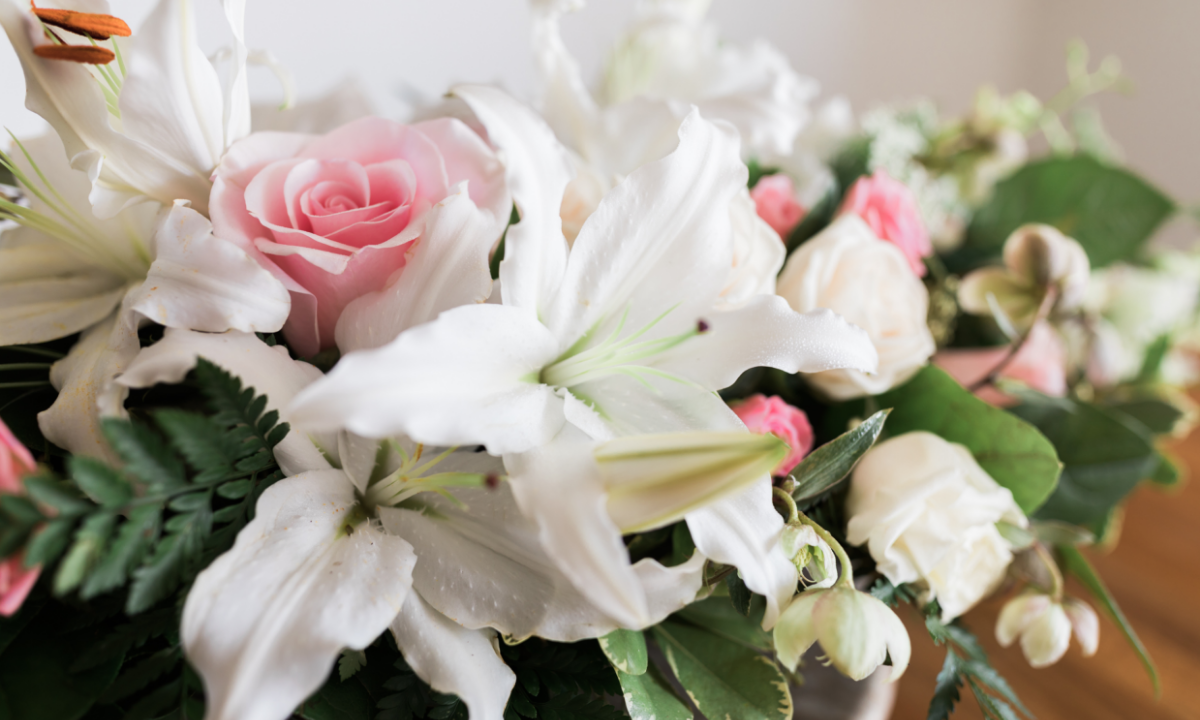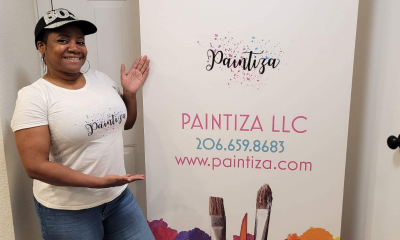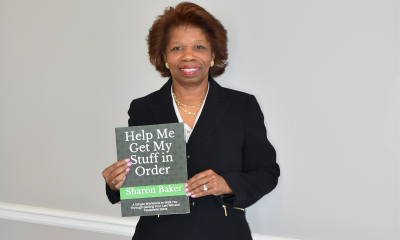We often find ourselves in the delicate web of emotions, grappling with a symphony of silence when words fall short in the face of grief. Funerals – a farewell not just to a person, but to a mosaic of shared memories – can be an overwhelming experience. However, nature, in its own profound and compassionate way, provides a medium to express the unsaid, to comfort the mourning, and to celebrate the life that was: through flowers. The symbolism of various flowers at funerals is a rich tradition, punctuated with a language of its own, offering an enduring tribute to the departed.
Roses, the quintessential ambassadors of sentiments, have long dominated the floral lexicon at funerals. They symbolize enduring love, respect, and courage. The color of roses carves out distinct meanings; red expresses respect and love, white signifies purity and innocence, while a yellow rose denotes strong ties of friendship. A single red rose in a bouquet speaks of a love that was intensely focused and deeply cherished.
Lilies, another funeral staple, stand for the restored innocence of the soul of the deceased. Their ethereal scent and pristine beauty often make them the floral centerpiece at funerals. The oriental lily, particularly, signifies eternal life, providing a soothing balm to the bereaved.
Carnations, with their ruffled charm, are a comforting presence in funeral flowers and arrangements. Red carnations symbolize admiration, pink stands for remembrance, and white is indicative of pure love and innocence. Their lasting fragrance carries a subtle promise of enduring memories.
Chrysanthemums or “mums”, especially prevalent in Asian and European funerals, symbolize death, grief, and truth. In these cultures, it’s traditionally considered a tribute reserved for the departed, echoing an enduring goodbye.
The subdued elegance of orchids speaks volumes without uttering a word. They represent love, strength, and beauty. A pink orchid conveys pure affection, while a purple one stands for respect and admiration – making them a cherished choice in commemorating loved ones.
In the midst of this floral kaleidoscope, there are also forget-me-nots, an intimate plea to remember the departed, while daffodils and tulips offer a message of renewal and the inevitability of life’s cycle in the face of death.
Hyacinths, with their clusters of star-shaped blossoms, stand for deep sorrow and pain over a loss, whereas gladioli, showcasing tall, striking stems, symbolize strength of character, integrity, and sincerity. It’s as if each stem stands like a sentry of honor for the departed soul.
But funerals aren’t only about mourning the loss; they’re about celebrating the life lived, reminiscing about shared moments, and finding strength in togetherness. Sunflowers, with their sunny disposition, evoke feelings of adoration and longevity. They remind us to seek light in dark times, to cherish warmth in the cold silence, adding a note of quiet optimism to the ceremony.
So, the next time you find yourself in the sobering aisles of a funeral, or selecting a floral arrangement as an offering of sympathy, remember: you’re not just choosing flowers. You’re communicating in an ancient, silent language that transcends time and speaks directly to the human heart. It’s a poignant narrative of respect, love, and farewell – a gentle reminder that even in the face of death, beauty endures.
In the end, it’s not just about the flowers we bring, but the emotions we carry, the memories we share, and the silence we honor. It’s about acknowledging that the language of grief is universal, yet so deeply personal. The meaning of
flowers at a funeral is a testament to that universal yet intimate conversation, a beautiful elegy in bloom.

































